Overview
SimQuality – Development of quality standards for energetic building and district simulation as a planning tool
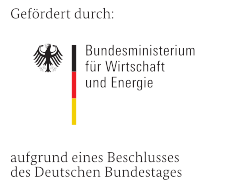
Funding code 03ET1570B
Duration 01.08.2018 – 31.07.2021
Project promoter

Research Center Jülich
Project coordinator: Dr. Oliver Kluth
Project Partners
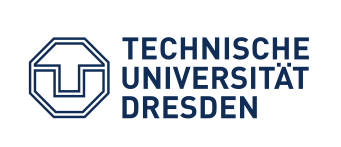
|
TU Dresden Institute for Building Climatology https://tu-dresden.de/bu/architektur/ibk contact person: Dr. Andreas Nicolai |
 |
RWTH Aachen Institute of Energy Efficiency and Sustainable Building E3D https://www.e3d.rwth-aachen.de/go/id/iyld/ contact person: Dr.-Ing. Jérôme Frisch |
 |
Hochschule München Department of Building Services Engineering https://www.bs.hm.edu/ contact person: Prof. Madjid Madjidi |
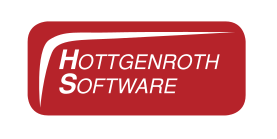 |
Hottgenroth Software GmbH & Co. KG https://www.hottgenroth.de/index.html contact person: Lutz Blaich |
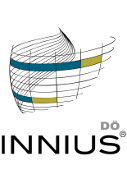 |
Innius DÖ GmbH https://innius.de/ Tel +49 (351) 85316-0 contact person: Dr. Lehr |
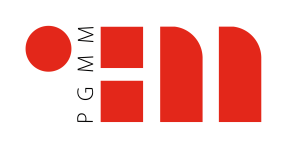 |
Planungsgruppe M+M AG www.pgmm.com contact person: Rainer Strobel |
Topics
The research project is divided by topic into the following work packages (WP):
- WP1: Definition of application scenarios and quality standards
Management: Hottgenroth, Participation: Innius, PGMM, IBK, RWTH, HM
Application scenarios were oriented to the planning processes of the practice partners and defined in addition to the normatively covered reference cases of the standards. Furthermore, the practical applications of the simulation tool and its requirements regarding user-friendliness, traceability, completeness and accuracy are described.
- WP2: Inventory analysis and categorization of validation procedures.
Managment: IBK, Collaboration: Hottgenroth, RWTH, HM
In this AP, all validation cases for building simulation currently defined in the literature and standards were researched and a list of categories was developed. In the list, existing validation cases are categorized according to physical modeling, used simplifications and possible numerical solution methods.
- WP3: Inventory analysis and categorization of simulation/planning tools.
Management: Hottgenroth, Collaboration: IBK, RWTH, HM, Innius, PPMM
A methodology for evaluating and categorizing simulation software was developed. Existing simulation tools were analyzed and modeling notes, input parameters and used models were documented.
- WP4: Development of new validation methods
Managment: RWTH, Collaboration: IBK, Hottgenroth, HM, Innius.
The goal of this AP was to create a validation matrix and identify its missing parts. For this purpose, the application scenarios were abstracted to validatable cases and the need for additional test scenarios was examined. This made it possible to develop a workflow and a baseline for program validation.
- WP5: Development of a practical guide for the applicability of simulation tools
Management: HM, Collaboration: IBK, RWTH, Hottgenroth
This AP represents a comparison with the practical application of the simulation tool. Furthermore, possible sources of error during model generation are documented. Also documented are the minimum and maximum requirements for all input and output variables, as well as their tolerance ranges.
- WP6: Proposals for additions and extensions for the development of standards
Management: IBK, Collaboration: RWTH, HM, Hottgenroth
In this WP, proposals for the improvement or extension of existing standards were developed. These resulted from the previously tested application scenarios.
- WP7: Definition of quality requirements for education and training measures
Management: HM, Participation: all project partners
A guideline for specialist engineers was created. The aim is to provide information on the necessary competencies and possible training measures/methods for appropriate quality assurance in planning.
- WP8: Preparation of coupling technology for component, room and building simulation
Management IBK, participation: –
Preparation and creation of an availability of the simulation software for subsequent use. In addition, the coupling capability to the Modelica-based simulation environment was created.
- WP9: Design and implementation of the EnTool platform
Management: RWTH, Participation: IBK
The main features of the EnTool platform and what content is made available there are defined in this WP. The conception and requirements for the long-term maintenance and care of the platform as well as the first contents and instructions for users were also developed.
Test Series
In work package 4, a test series was created to identify sources of error in simulation programs. In the process, selected application scenarios were abstracted to validatable cases and the need for additional test scenarios was examined. The test cases are explained in more detail in the SimQuality Test Suite (2020). With the help of this test suite, the suitability of simulation programs can be checked and confirmed in the specific scenario.
During the development of the validation tests, so-called blind simulations were carried out in a 1st step. In blind simulations there is no information about the expected results. The evaluation of the simulation runs was carried out across programs. The results were checked against the targets and accuracy requirements. The targets were developed considering the scatter of results. The results of the individual tools served as a basis for decision-making. For this purpose, it was first necessary to exclude in an iterative process that neither programming nor input errors falsified the results of the simulation programs. It is important that the solutions of the individual programs converge to a „true“ value. Therefore, only when a sufficient number of results from different simulation programs converged, a solution was presented. The results of the simulation tools resulted in a corridor of solutions that are valid/suitable. These solutions have been worked out as reference solutions and documented for further procedures.
With the help of the findings from this work package, a workflow for program validation could be developed.
